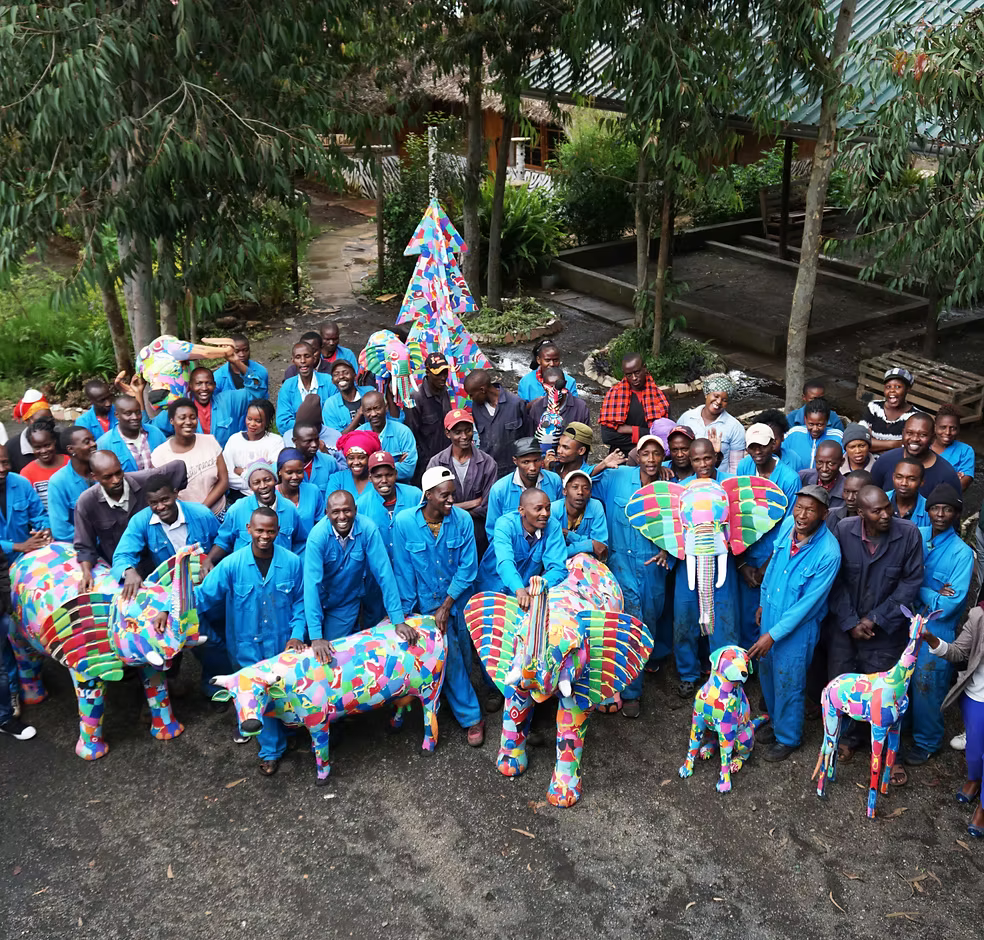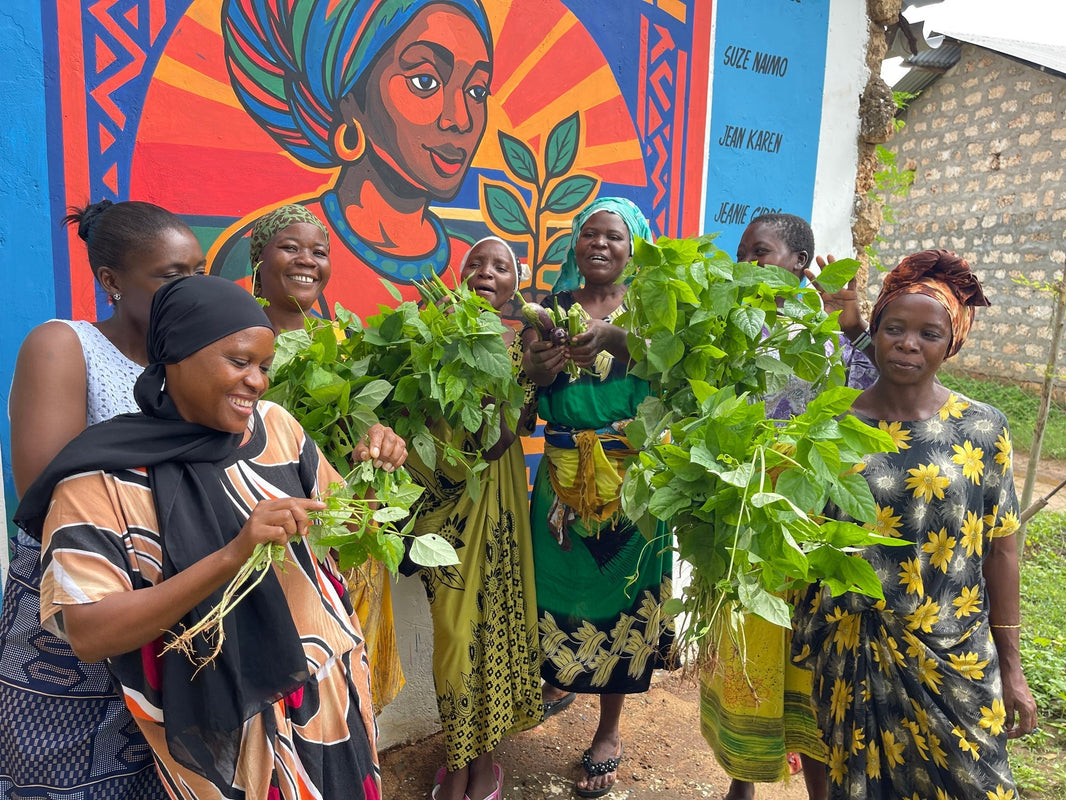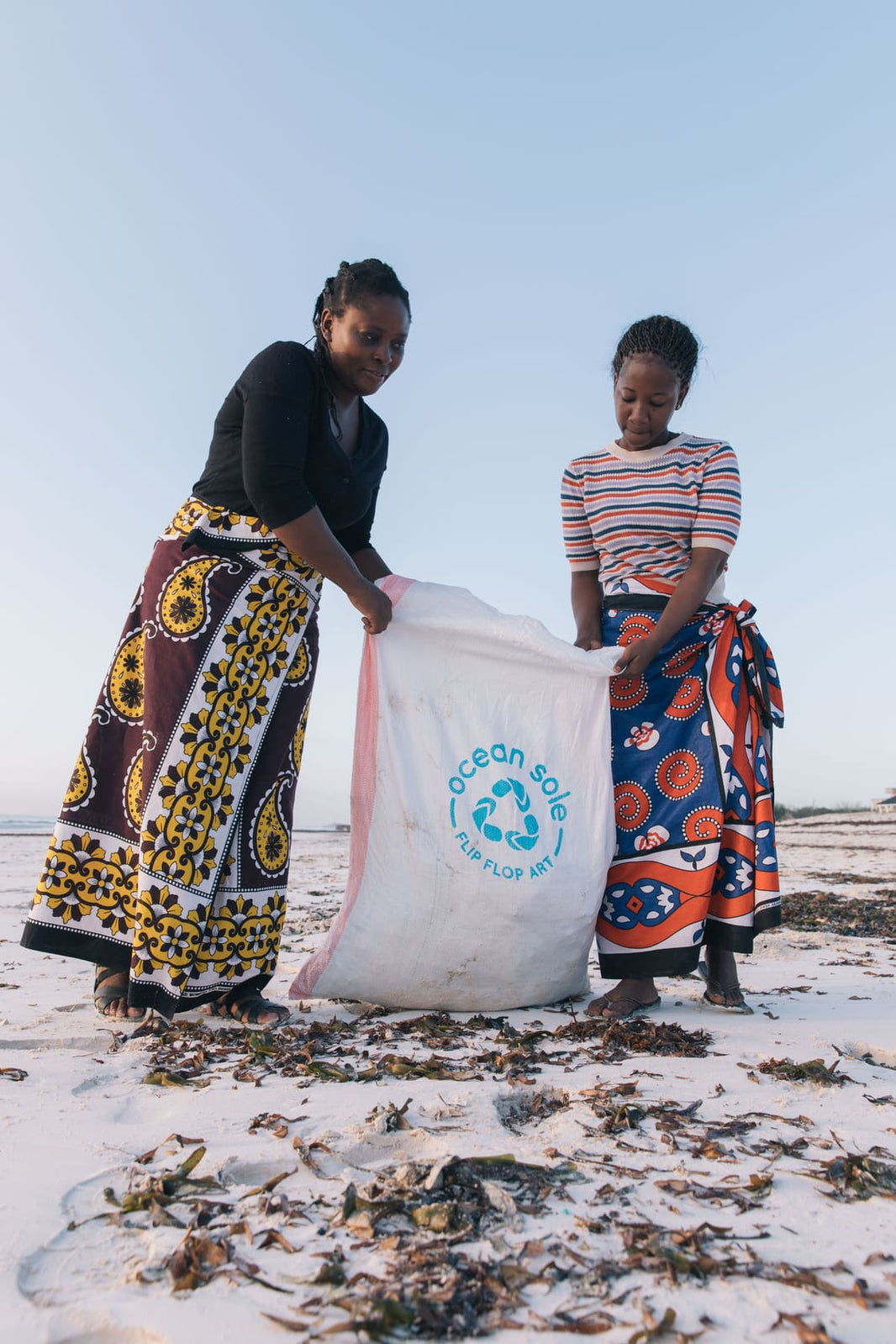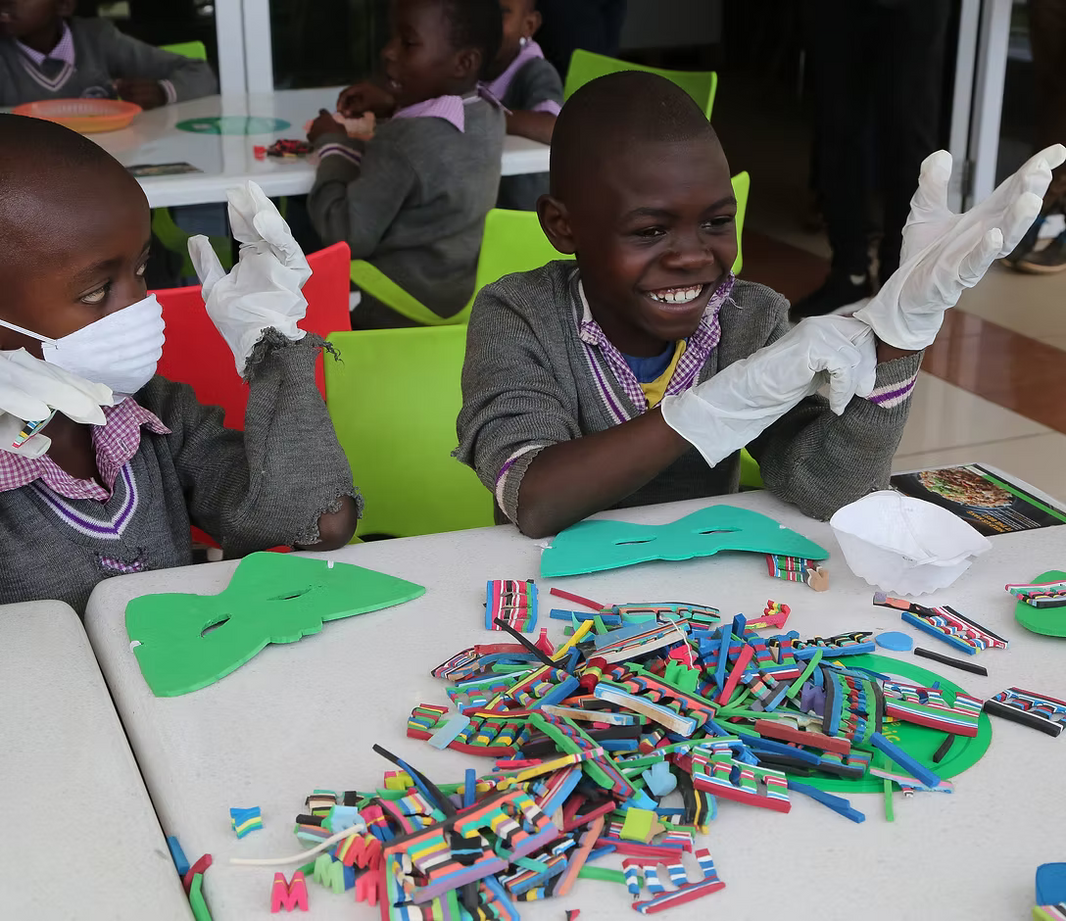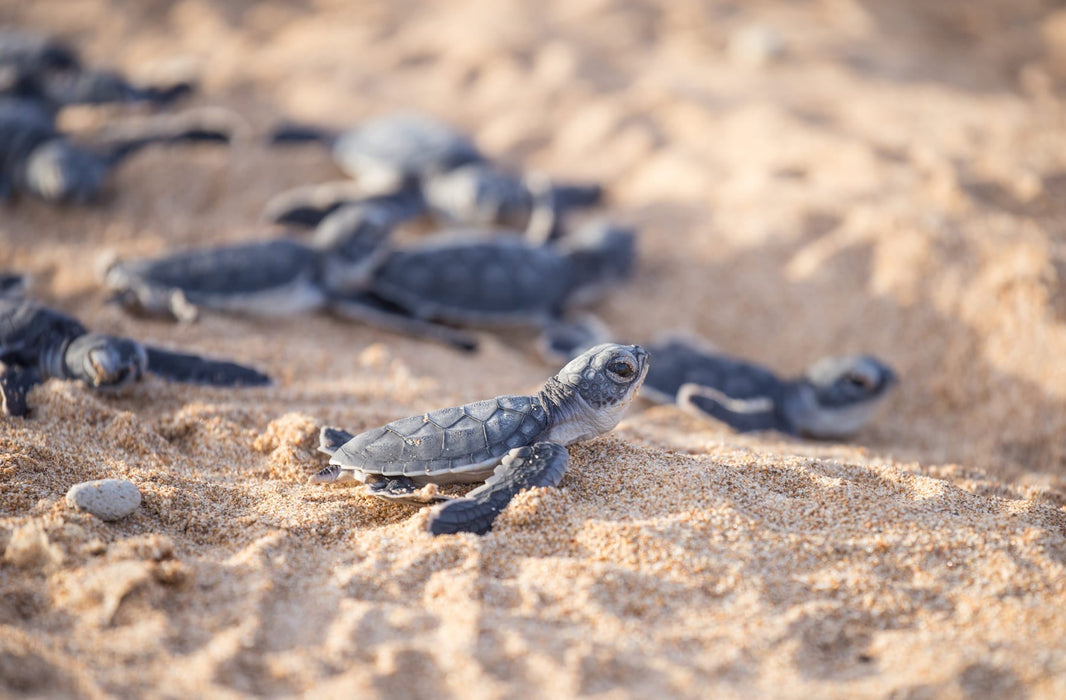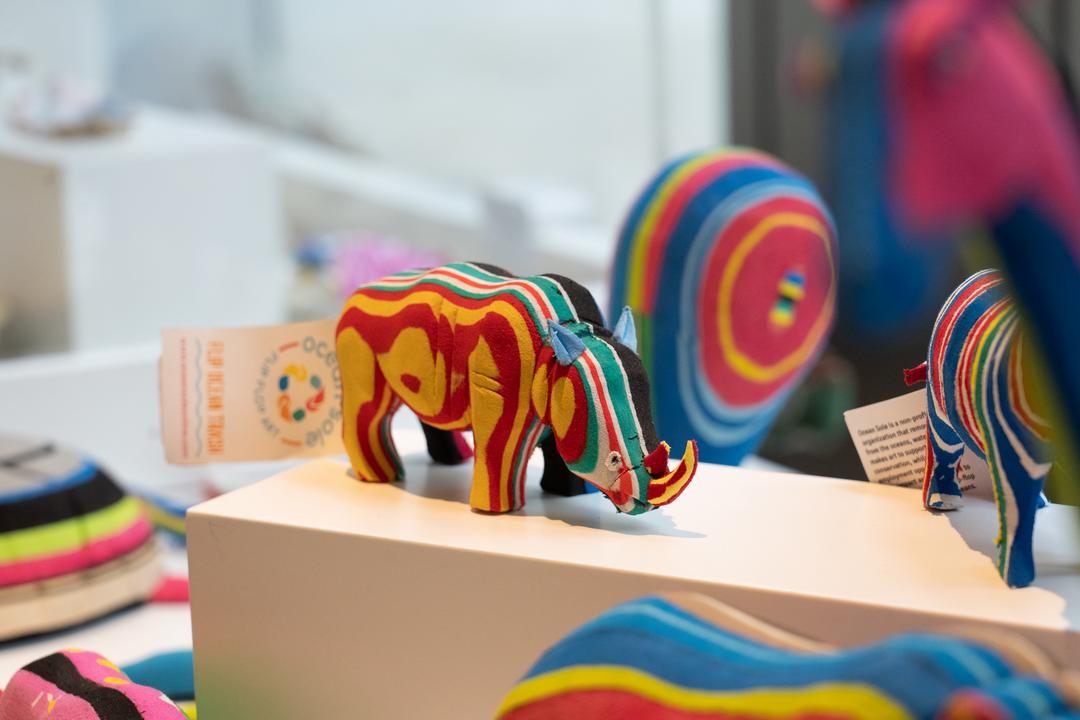Climate change is something scientists have been worried about for decades. As of right now, many scientists agree that it is too late to stop the impacts climate change will have in the near future and that changes need to be made immediately to help prevent it from becoming far worse in the future. With the climate changing as quickly as it is today, changes have been necessary within wildlife conservation. Some of the ways climate change is impacting wildlife conservation and causing it to change include the following.
Faster Help is Needed for Wildlife
Scientists have discovered that faster help may be needed to combat the effects of climate change to prevent more wildlife species from going extinct. Climate change impacts everything from polar bear hibernation cycles to food sources for ocean life. Right now, conservationists are looking into how to speed up changes they can make to protect the habitats and food sources of wildlife to help various species continue to thrive for many more years.
Conservation Goals Need to be Adjusted
Wildlife conservationists are having to adjust their goals to meet the changing needs of the species they help. Various organizations have needed to change the timeline for their goals, create new goals to reach for, and become more flexible with their goals to meet the changing needs of wildlife and the environment as a whole. This is causing conservation to become more complex, as it is becoming increasingly necessary to review and adjust the goals more frequently.
New Targets for Conservation are Needed
Today, there are many more animals that are starting to feel the impacts of climate change. This can lead to habitat loss, the loss of the food source, having to adapt to a new environment, or being unable to thrive because of changes in the habitat itself. When the waters become warmer, some species are not able to survive. This means not only the loss of the species itself but the loss of food for their predators. Wildlife is connected, so changes that severely impact one species can end up impacting other species, as well. Over time, this can lead to more species going extinct because they don’t have the basic necessities to survive.
Bigger Shift Towards Overall Conservation
For many years, the focus of conservation has been on wildlife and their habitats. Now, however, the goals of conservation are tending to shift to a more holistic view. Instead of just focusing on wildlife, conservationists are also beginning to focus on humans and how the changes impacting the animals are also impacting humans. A more holistic approach does mean that goals need to be adjusted, but this can help create more goals that are designed to impact everything on earth in a positive way, not just the wildlife. Overall, this is a positive change, but it does mean more work and more research are needed to find new ways to reach conservation goals.
Focus on How the Climate is Changing
Conservation often just looks into a specific species and their habitat, with many overlapping. However, now conservationists are looking more into how the climate is changing and what that could mean for the future. It may not be enough to restore a habitat if the changing climate is going to mean the species can no longer thrive in that area. It may be necessary to look into more extreme ways to help the animals and make sure they’re able to thrive. This has made conservation more complex, but it is necessary to ensure the conservations meet their goals and are able to help wildlife.
Wildlife conservation is a lot more complex than it used to be, and a large part of the reason for that is climate change. Due to climate change, scientists and conservationists are needing to constantly adjust to continue to do as much as possible to help wildlife and the environment.
Written by: Donna Fowles | Fahlo/Wildlife Collections



